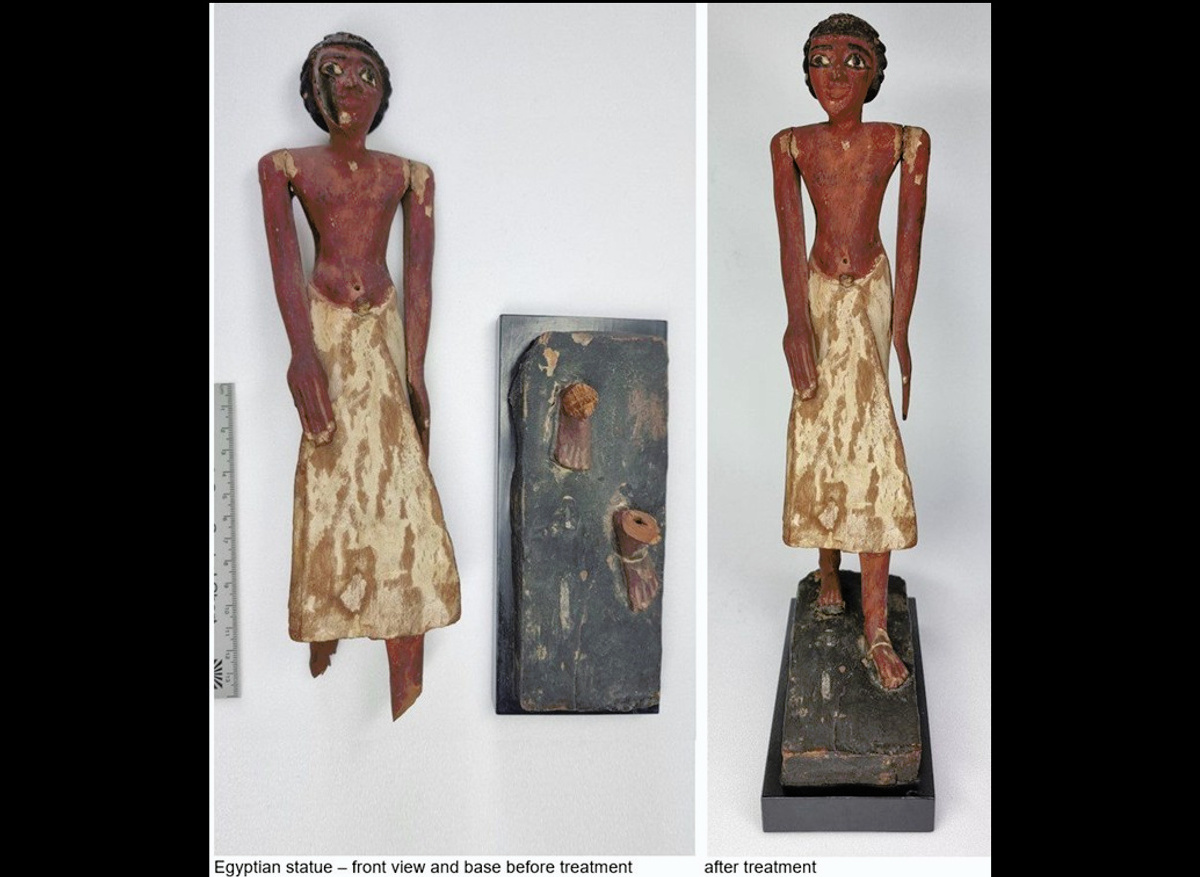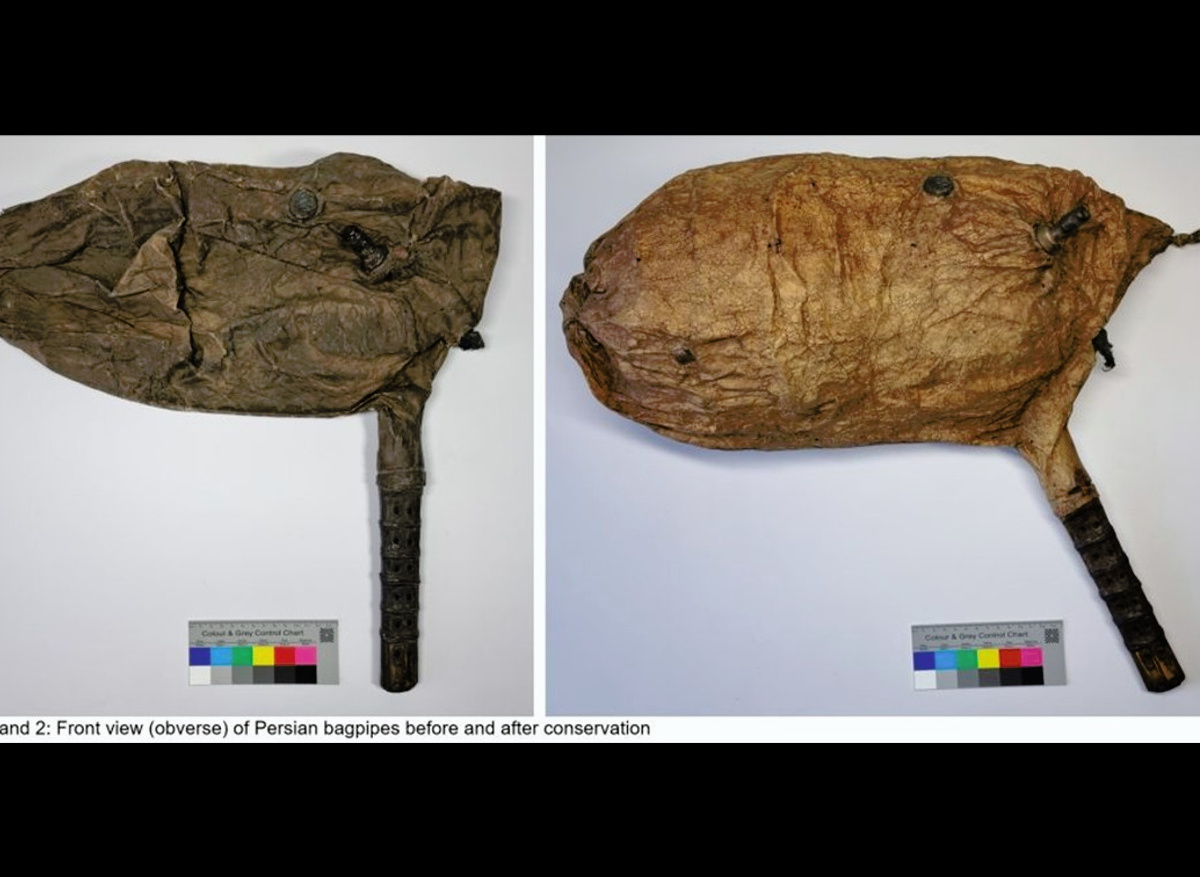I'm a museum conservator and freelance specialist passionate about preserving a diverse range of objects, particularly those made from organic materials like feathers. My fascination with feathers led me to collect and preserve folding fans and join the Fan Circle International.
Beyond hands-on conservation, I've developed expertise in project management, successfully leading large initiatives in both my museum and freelance roles. This experience has honed my skills in exhibition management and collections care.
My comprehensive training includes a Diploma in Conservation from the University of Applied Sciences in Erfurt, Germany, specializing in World Cultures and organic materials (polychrome wood, feather work, leather, skeletal materials). My diploma thesis on a Chinese lantern received a prestigious award. I've also undertaken extensive specialist training in various conservation techniques, from Tratteggio to Japanese lacquer work and integrated pest management. My commitment to professional development continues through workshops and conferences on diverse topics like quill work, bark cloth, and metal conservation.
My work history includes serving as an Assistant Conservator at National Museums Scotland, where I led conservation efforts for polychrome wooden objects and organics, managed exhibition treatments, and handled national and international loans. As a freelance project conservator, I managed a collections move for the Hunterian Museum Glasgow, overseeing assessments, packing, and team supervision. I've also had the privilege of being a guest lecturer at the University of Gothenburg, teaching conservation of basketry, bark cloth, feather work, and skeletal materials, and have volunteered at the GRASSI Museum für Völkerkunde on exhibition projects.


